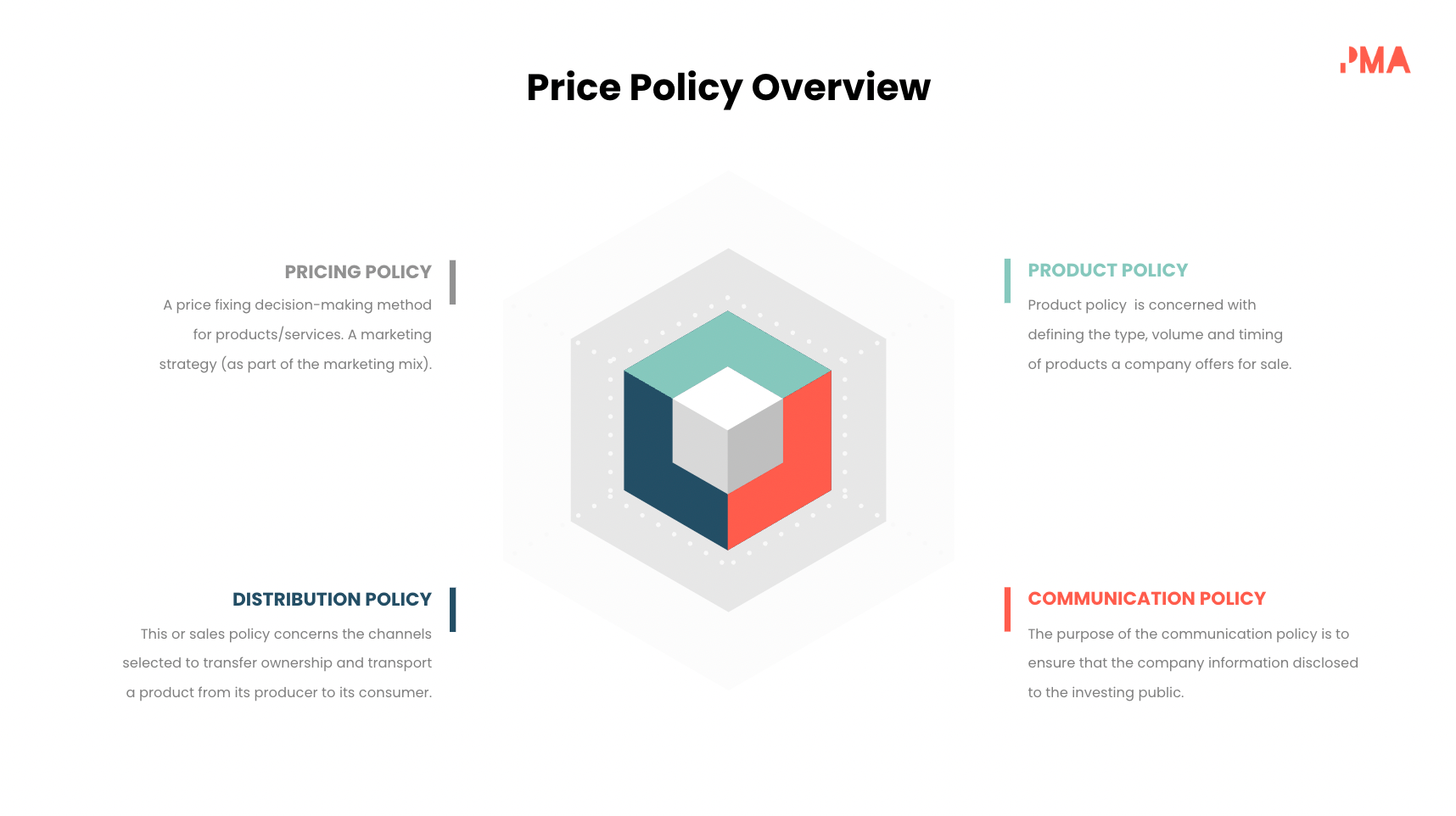What is the pricing strategies framework?
PMA's pricing strategies framework is a comprehensive guide to help you determine how to set prices for your products or services. It's a crucial part of the marketing mix and involves making strategic decisions about price setting before introducing a product to the market.
The framework has been developed with the help of leading pricing experts from the product marketing community, and it helps in structuring the price to create buying incentives and achieve corporate goals such as maximizing revenue, securing market share, and enhancing profitability.
Why is the pricing framework useful?
The pricing strategies framework is helpful for four key reasons:
- Guides decision-making: It provides a structured approach to price setting, helping businesses make informed decisions that align with their overall marketing and business strategies.
- Enhances competitiveness: By understanding and implementing various pricing strategies, businesses can position themselves effectively in the market, respond to competitive pricing, and meet customer expectations.
- Improves profitability: Strategic pricing can directly influence a company's revenue and profitability. It helps in finding the right balance between price levels and sales volume to maximize profits.
- Encourages customer satisfaction: Different pricing strategies can be used to attract and retain customers by offering perceived value and affordability, thereby enhancing customer satisfaction and loyalty.
How to use our pricing strategies framework
Our pricing strategies framework is a downloadable ppt file. Scroll down to get your copy!
Once you have the framework follow these steps to ensure effective price setting:
- Understand pricing policies: Begin by familiarizing yourself with different pricing policies and their roles. This includes cost-based, market-based, demand-based, and competition-based pricing strategies.
- Determine internal and external factors: Assess both internal factors (such as cost, organizational considerations, and marketing objectives) and external factors (such as market conditions, buyer behavior, and competitor pricing) that influence pricing decisions.
- Select a pricing strategy: Choose the appropriate pricing strategy based on your business goals and market conditions. Strategies may include premium pricing, penetration pricing, price skimming, or competitive pricing.
- Implement the pricing structure: Develop a detailed pricing structure that includes base prices, value-added pricing, regional market differentials, and customer rewards. This helps in capturing the value through mark-ups, managing discounts, and setting service prices.
- Monitor and adjust: Regularly review the effectiveness of your pricing strategy. Use feedback from sales data, customer responses, and market trends to make necessary adjustments and optimize pricing.
Download your pricing strategies framework





















 Follow us on LinkedIn
Follow us on LinkedIn 

.svg?v=aaaf5e025a)